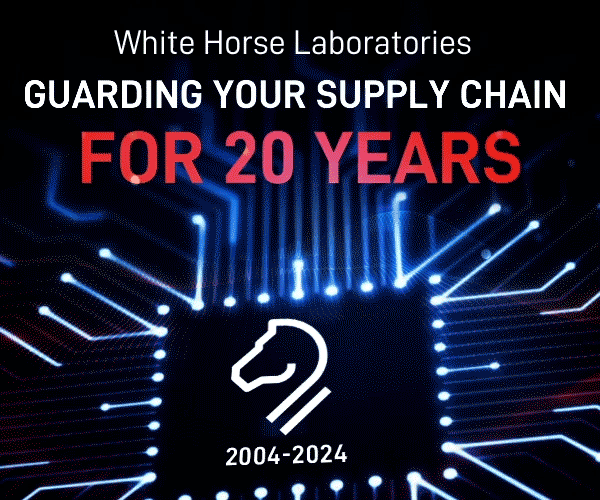EMSNOW Analyst Inteview: Ron Keith, Supply Chain Resources Group (SCRG) on Tariffs, Part 2

The industry is concluding that tariffs will not be going away anytime soon. This realization is having a direct impact on costs of electronics manufacturing. We spoke to Ron Keith, founder and executive director of Supply Chain Resources Group (SCRG) to learn more about the implications of this new reality. Supply Chain Resources Group, is a managed services company that helps OEM clients design, implement, and manage global supply chains. Here is Part 2 of our interview. Part 1 can be found here.
EMSNOW: With much of the component supply chain residing in China these days, how does this impact the decision to move and where? Do you see component suppliers shifting THEIR manufacturing?

EMSNOW: What other related issues are OEMs considering as they manage through the tariff issue?
The biggest issue for virtually all the of OEMs is professional supply chain talent. Moving production will take surge resources to manage the transfer and the bring-up of the new manufacturing site. Also the OEMs will need to find skilled resources in their new manufacturing geography to support their outsourced operations and manage their EMS provider and some upstream suppliers.
EMSNOW: How are EMS companies reacting to the tariffs and responding to their OEM customers’ concerns?
The larger EMS providers with very broad manufacturing footprints are doing what they can to accommodate the OEMs’ desire to move production, but they generally are not sitting on huge amounts of spare capacity, of talent, equipment and floor space, at their low-cost sites. The smaller EMS providers with fewer locations are generally encouraging their customers to wait it out, or alternatively are suggesting other sites within their factory portfolio, even if the site is not well suited for the customer’s product. But all of the EMS providers, without exception, are trying to manage their OEM customers so that they do not find themselves stuck with half empty factories in China.
EMSNOW: What else would you like to share on this topic with our readers?
For the vast majority of our OEM clients, and technology OEMs in general, including a meaningful tariff regime in the calculations of total supply costs is a very new development. It is not as if tariffs themselves are new; many products from China have had tariffs forever, but these tended to be mostly immaterial to the overall calculus of supply chain design. That is not the case with the level of tariffs being imposed, and threatened today.
Relocating whole or even partial supply chains is time and resource consuming, and not an activity to be undertaken on a regular basis. So, it is very important that corporate decision makers have all of the data necessary, and it is extremely important that they understand the boundary conditions for what future tariffs might look like. Until such time as these trade and tariff issues are truly resolved by an enduring trade agreement, US business are severely handicapped in key supply chain decision making and fixed capital allocation.
For months US business leaders have had a pretty good understanding of the proposed USMCA, which has informed many companies’ decisions to relocate some production to Mexico. But now, all of a sudden, they are faced with the credible threat of new tariffs that would seem to be wholly outside of the proposed trade agreement. If tariffs are to become a new geopolitical policy tool to be used to address non-trade related issues, then companies will find it impossible to make the best long-term supply chain decisions, and American consumers should brace for broadly higher prices on everything from iPhones to avocados.











